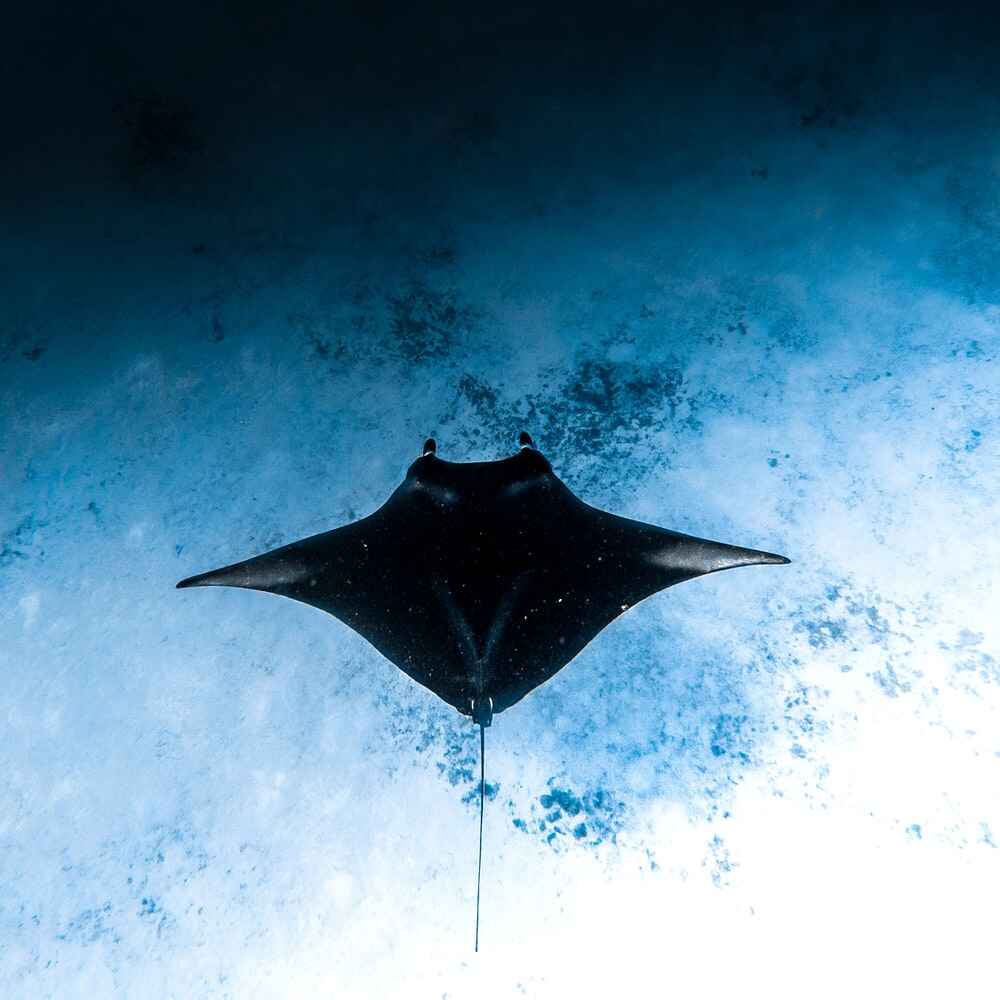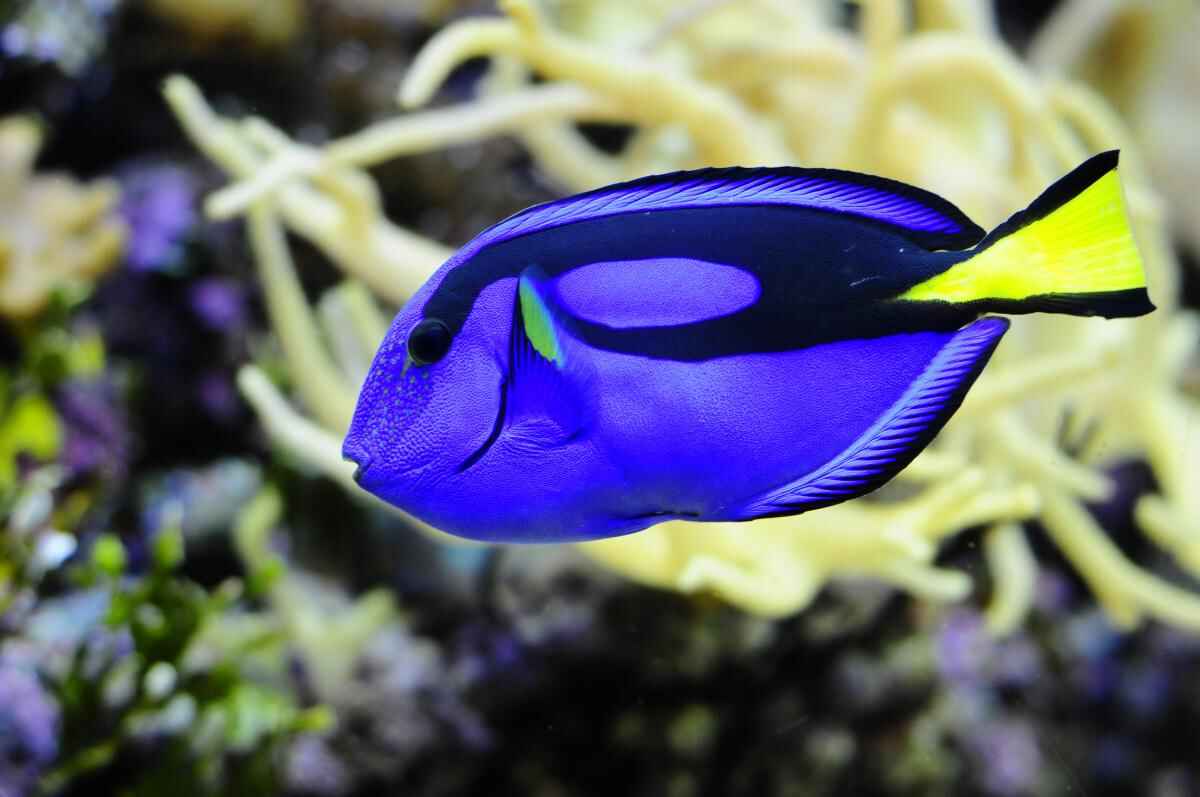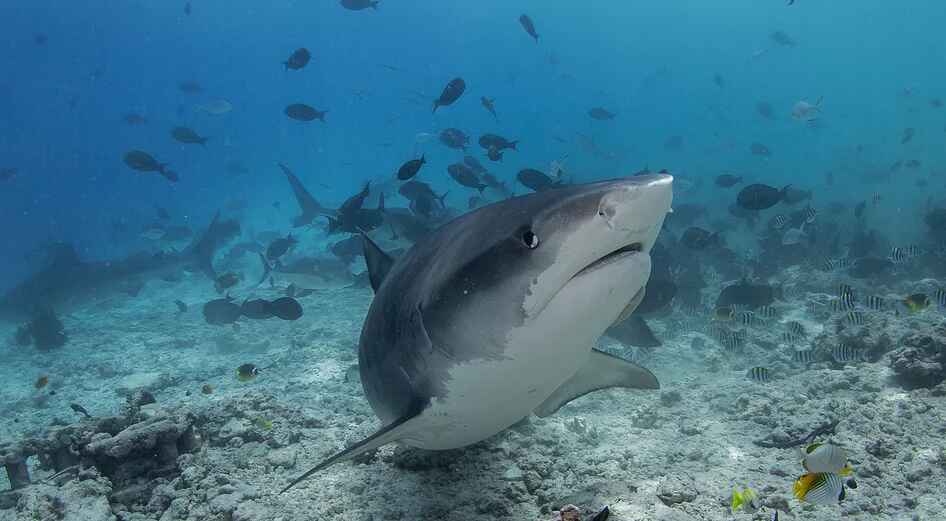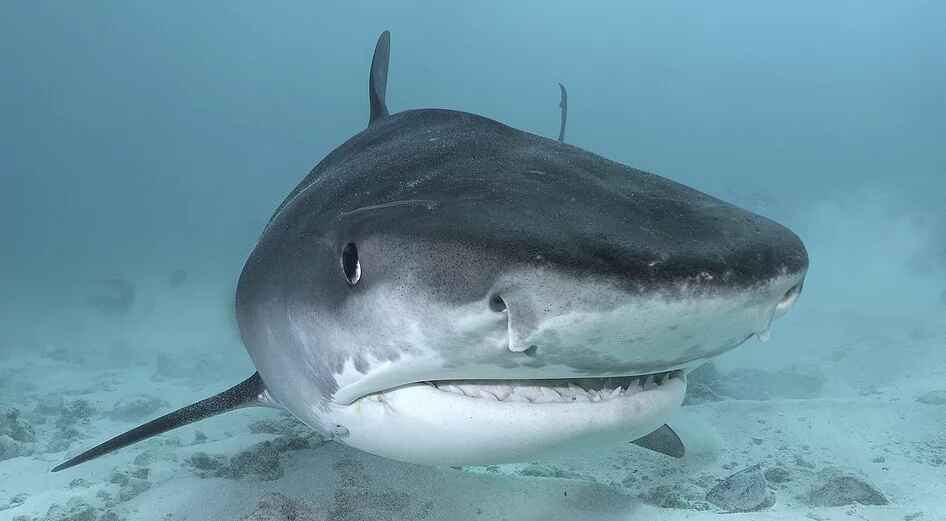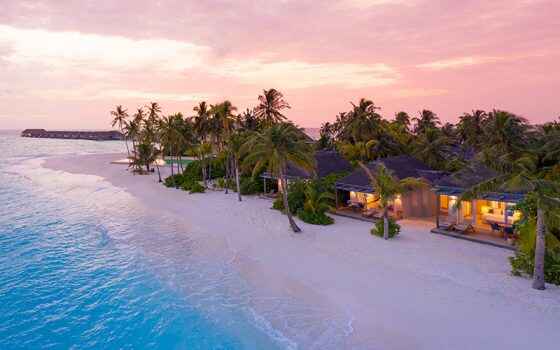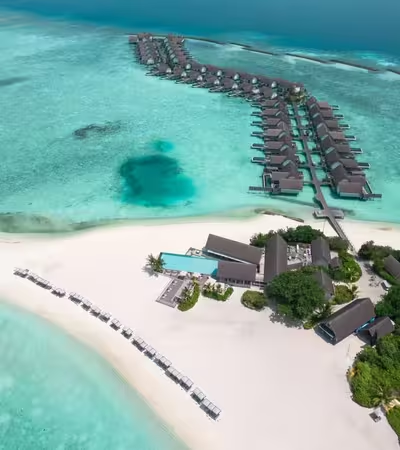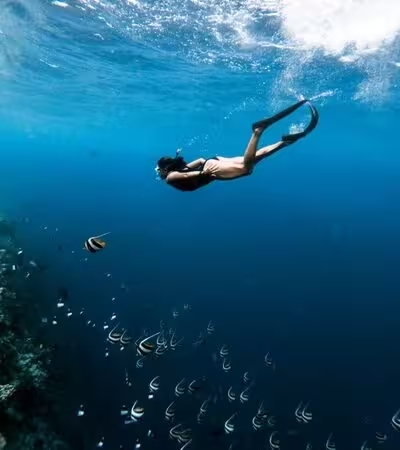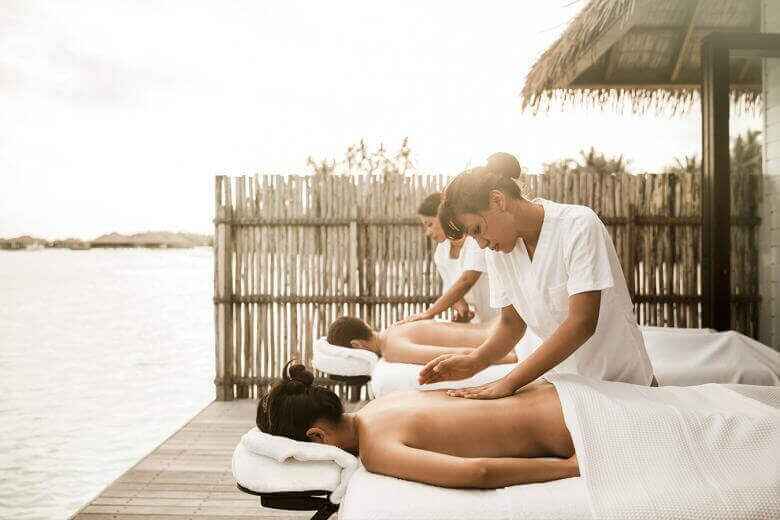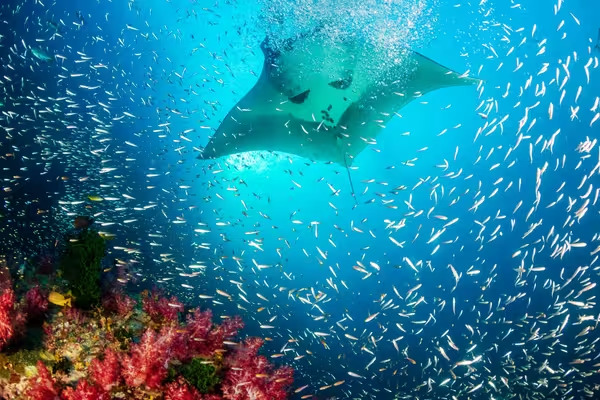
Most individuals who travel to the islands are aware of the presence of Manta rays in the Maldives. Snorkeling or diving with these majestic sea creatures is often considered a highly esteemed activity and is often included in one's travel bucket list. Consequently, it can be quite disheartening to arrive at a resort only to discover that it is not the Manta Ray season. One may wonder why this is the case and question the absence of Mantas throughout the year.
Assenting, manta rays are indeed present throughout the year, although their movements and migrations are influenced by the changing seasons. The Maldives is renowned for offering breathtaking opportunities to witness these magnificent creatures. However, it is crucial to be aware of the specific locations and timings to maximize your chances of encountering manta rays. Hence, if your primary objective is to observe these graceful creatures, it is essential to carefully select the appropriate time and the ideal resort location in the Maldives.
In honor of World Manta Day on September 17th, we have curated a comprehensive guide for an extraordinary bucket list experience: swimming with manta rays in the Maldives. If you're curious about the manta rays season in the Maldives, the top locations to encounter these majestic creatures, and the ideal accommodations, we have all the answers for you.
Best Time to See Manta Rays in The Maldives
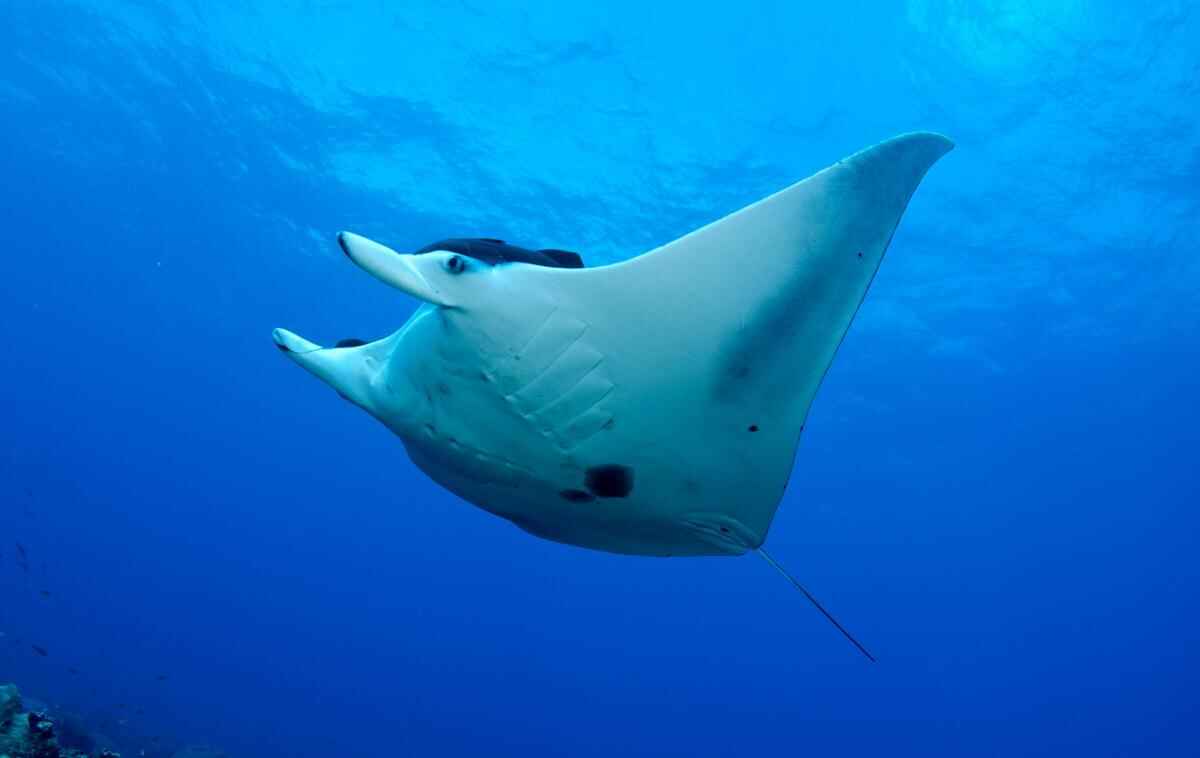
In the Maldives, there are just two seasons - really called rainstorm, and not seasons. The southwestern or storm Hulhangu (normally and fairly mistakenly known as the blustery season), runs around from May to October. Perfectly catching the Christmas and New Year advertises, the northeastern or storm Iruvai (you may have known about it as a dry season), is more probable among December and March. April and November are momentary periods between these two storms.
During the southwestern storm, the overarching sea flows in this locale of the Indian Ocean stream from west to east. At the point when these flows arrive at the Maldives archipelago, there is a solid upwelling, an interaction where unadulterated and supplement rich profound waters are uprooted from in excess of 2000 meters of sea floor IN and THROUGH little atolls. As this water moves through atolls from west to east, it upgrades and builds the efficiency of the natural way of life, so when it arrives at the eastern side of the atolls, it is a genuine soup-zooplankton. What's more, think about what: the mantas feed on this zooplankton!
Along these lines, as of now they will move toward the eastern sides of the atolls, where jumpers and swimmers will be pleased with their moving at the cleaning and taking care of stations.
The upper east storm alters the course of the flows. Presently they will move from east to west, implies that perceivability will currently be better on the atoll's eastern side (because of the approaching sea ebb and flow), yet less zooplankton, in this way, there are no Manta Rays. Mantas is probably going to be - you got it! - float around the western edges of the atolls.
In this way, all in all: from May to October it is bound to see the manta beams on the eastern edges of the atolls. From December to March, on the western edges of the atolls. Obviously, the season can change at some point or another at whatever year, and similarly as with anything in nature, there won't ever be any assurance for spotting, however in the event that you adhere to this straightforward principle, you will fundamentally expand your odds!
Best Places to Spot
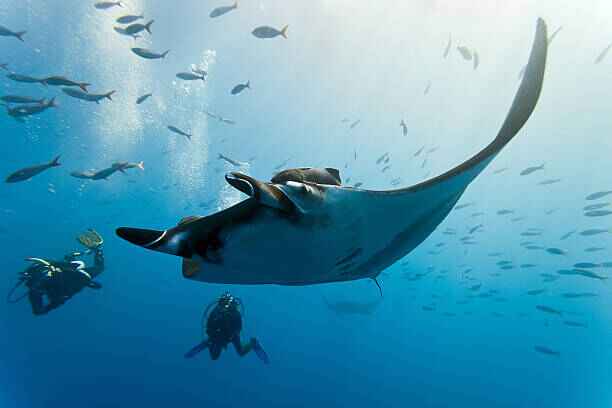
In the Maldives, you can spot manta beams during plunging outings just as on a swimming/swimming excursions. Jumping administrators in the hotels and visitor houses offer the two kinds and take you to the locales with their boats.
The best spot to see Manta is Hanifaru Bay in Baa Atoll, the lone UNESCO Biosphere Reserve in the Maldives. Among May and November, consistently, during the Southwest storm, on specific days the moon's stages greatly increment tiny fish in the straight. A particularly high tiny fish fixation draws in many "filterers" in Hanifar? Bay and expect to see here up to 200 Manta Raus joined by twelve whale sharks.
The Addu (Seenu) Atoll is the southernmost atoll in the Maldives and formed like a heart. It's a remarkable scuba plunging objective. Here, you can spot manta beams all year. Indeed, it's manta paradise and in the relatively recent past in 2015/16 it was still sort of a secret diamond for seeing manta beams! The Addu Atoll is the lone area in the Maldives where mantas with more than 5 meter of wingspan are known to exist.
You may likewise spot manta beams in South Ari during the upper east storm from September/October to May (the pinnacle seeing time is February - April). In different months it's truly elusive manta beams here.
Check our rundown 10 Best Resorts to Swim with Mantas and Whale Sharks in the Maldives






